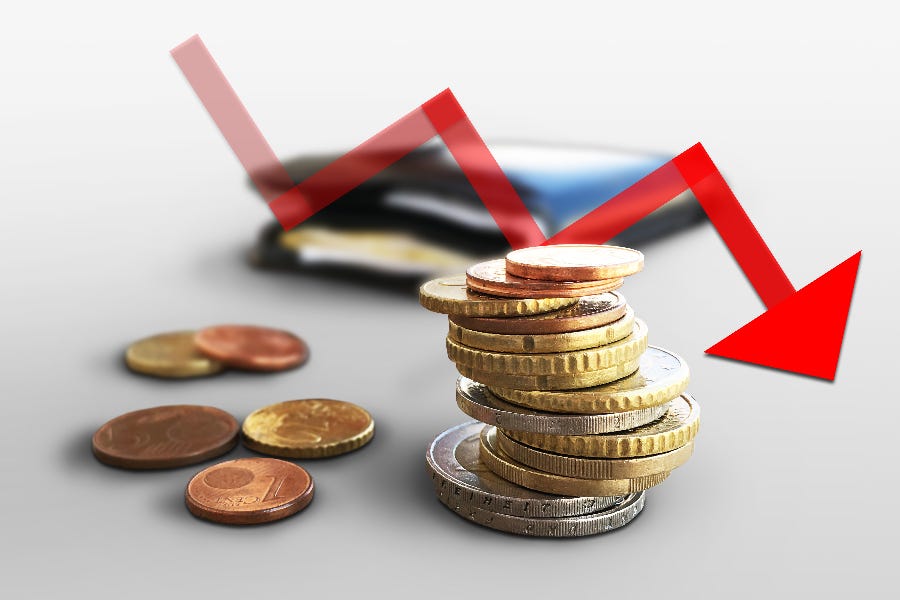Is Germany’s church tax ‘miracle’ over?
For years income continued to grow as congregations shrank - now it looks like reality is catching up with Germany's dioceses
A critic of Germany’s church tax system once suggested it was nothing short of a miracle.
Each year, the journalist Peter Winnemöller noted, hundreds of thousands of people formally left the Catholic Church in Germany. But year after year, church tax income continued to grow.
But what Winnemöller fa…

